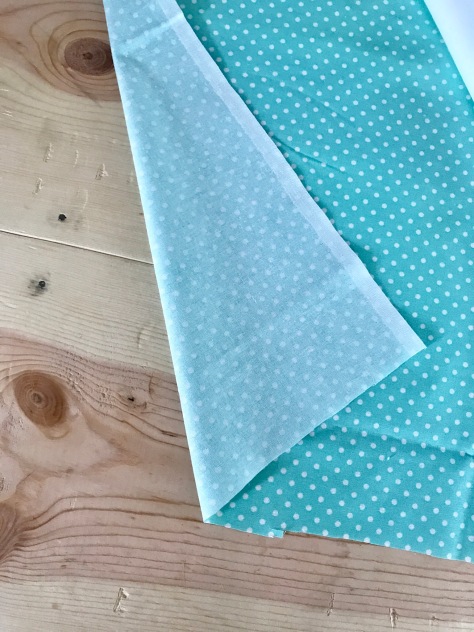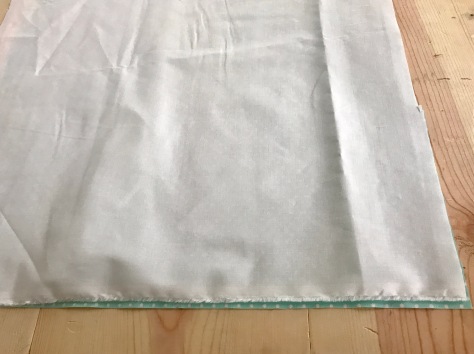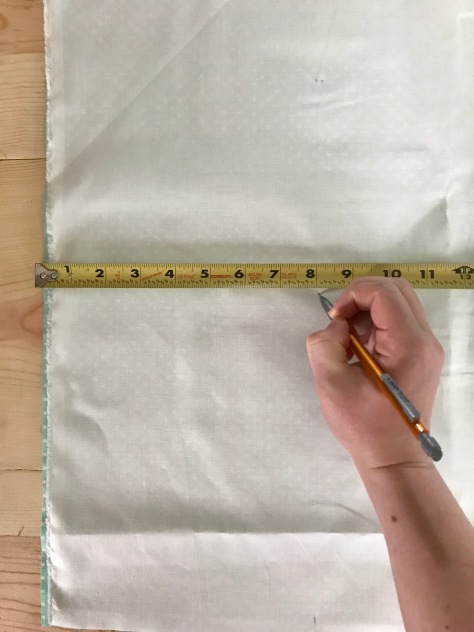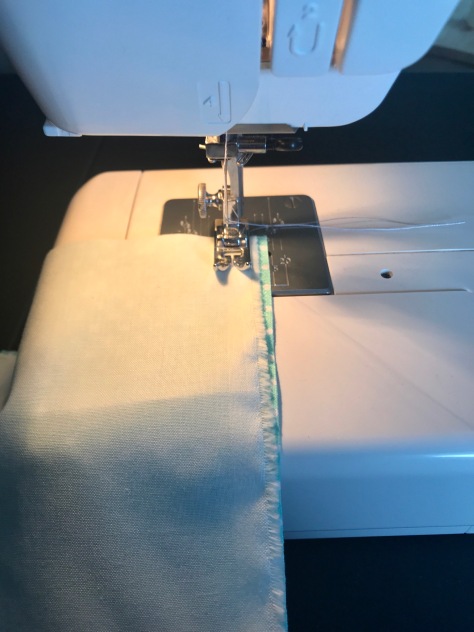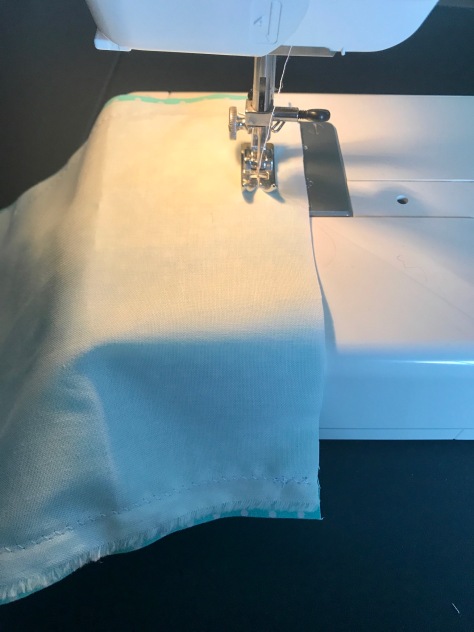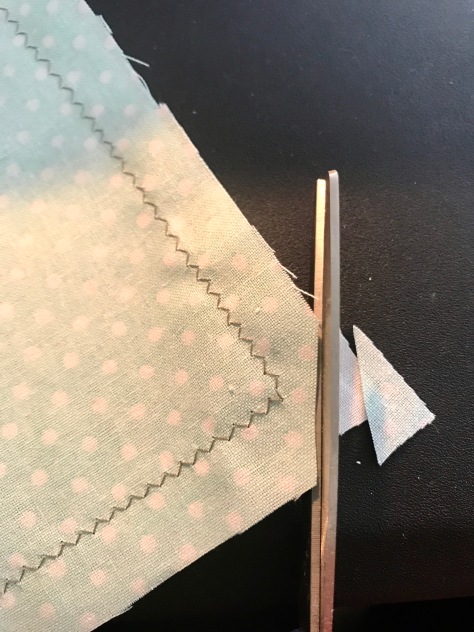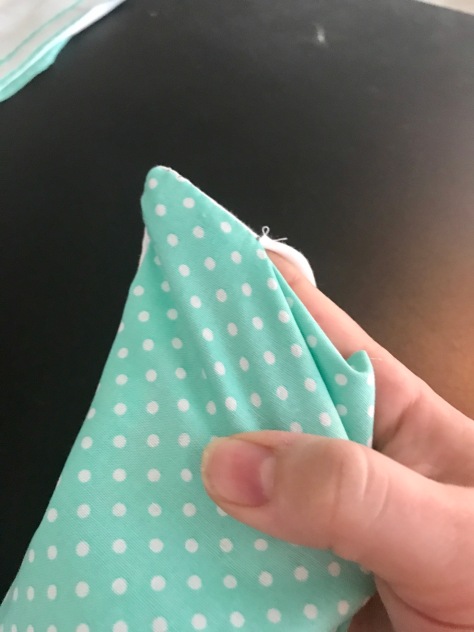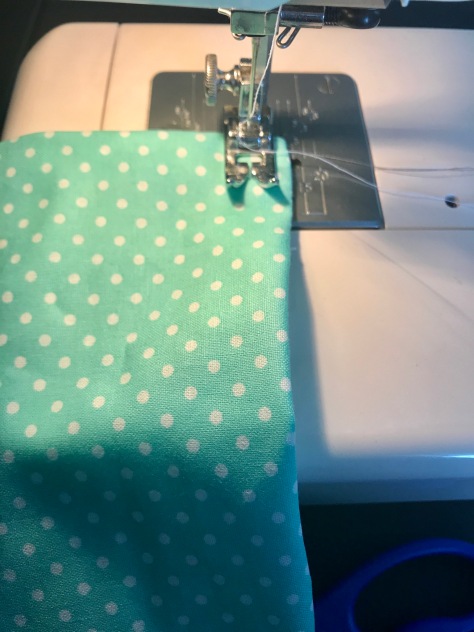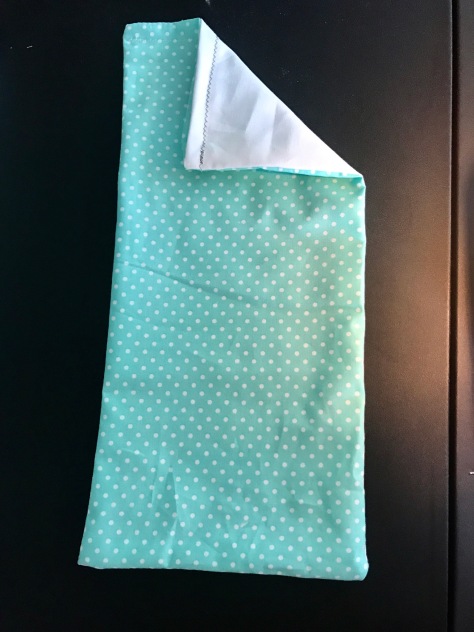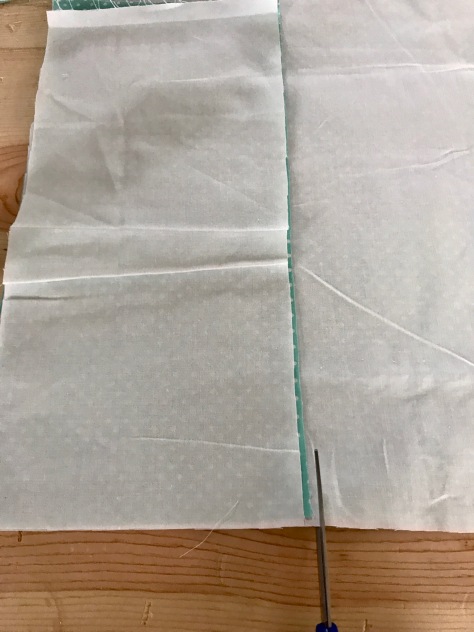When converting our household to organic / chemical-free items, one of the first things I looked into was detergent. Mainly because both my husband and baby have sensitive skin. I have been using All Free & Clear up until recently for a couple reasons. It is Free and clear of harsh chemicals (baby approved) and it’s fairly inexpensive.
I had been trying to find a DIY detergent, but it can be overwhelming because there are so many different recipes. Sometimes the recipes have expensive ingredients or there are some that just aren’t that great. I found this recipe inspired originally by Christi at halfwaytoheavenhomestead. Check her out at https://www.instagram.com/halfwaytoheavenhomestead/
All of these items can be found at Walmart! The only one I had to order was the liquid Castile Soap.
This is my first week trying this detergent! I know it will be soft enough for baby’s skin, but will it be strong enough to clean cloth diapers?? I’ll let you know next week how it works!
Materials Needed:
Ladle (for stirring and scooping)
Directions:
Start by pouring 1 cup of Washing Soda into your 2 gallon jar.

Put just enough water in the jar to cover the washing soda.
Then add 1 cup Baking Soda.
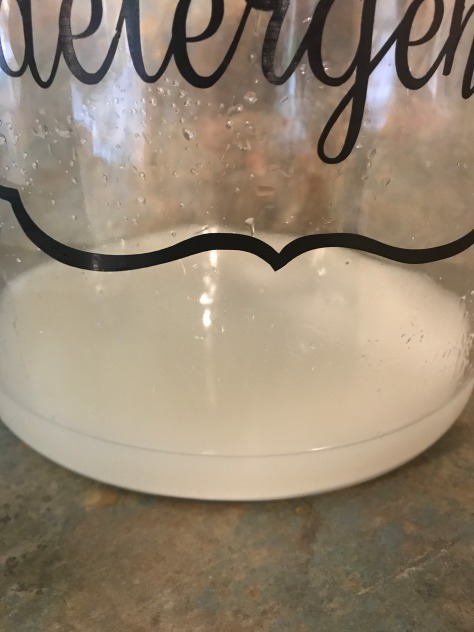
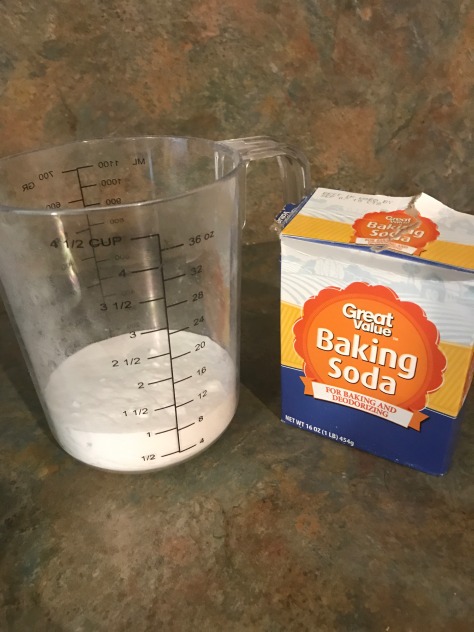
Completely fill the jar with water and stir. When I stirred, some of the washing soda stuck to the bottom. Using a wooden spoon to stir helped.
Add in 1 1/2 cups Pure Castile Soap.
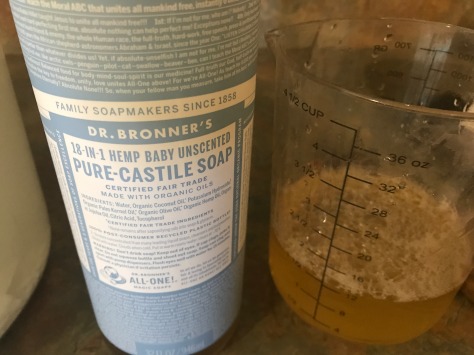
Add in 40 drops of your favorite essential oil. I used lavender because I love the smell and it’s safe for babies.
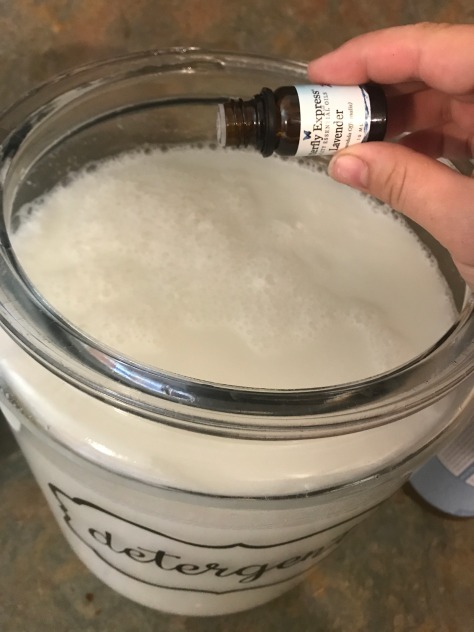
Stir everything together and it’s done!
Order these cute canister labels from Kendra’s Corner Market
I use 1/2 cup per regular size load.
Also note that it is normal for the liquid to separate. Just simply stir before scooping out your detergent.
Happy crafting friends!











